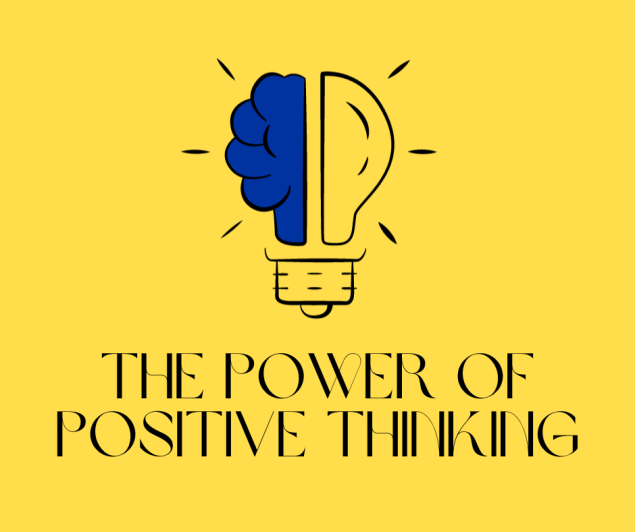09:43:35 pm 10/16/2023
Viewed: 4873
The Theory of Positive Thinking: An In-Depth Look
Positive thinking is a mental and emotional attitude that focuses on the bright side of life and expects positive results. It's not just about being happy or displaying an upbeat attitude; it's about approaching life's challenges with a positive outlook.
Martin Seligman: Known as the father of Positive Psychology, Seligman has conducted extensive research on happiness and well-being. His theory identifies three dimensions of happiness: the Pleasant Life, the Good Life, and the Meaningful Life. He emphasizes the importance of nurturing unique strengths and virtues to achieve a fulfilling life. Seligman uses scientific methods, including exhaustive questionnaires, to explore what makes people happy. His work reconciles individualistic and altruistic approaches to human happiness.
Endorsement Method: Through scientific research, publications, and the development of Positive Psychology as a field.
Source: Martin Seligman & Positive Psychology
Abraham Maslow: Known for Maslow's Hierarchy of Needs, he also coined the term "Positive Psychology" before Seligman. His work focuses on self-actualization and the pursuit of happiness.
Mihaly Csikszentmihalyi: Known for the concept of "Flow," he explores how optimal experiences contribute to happiness.
How They Endorse It
Research: Conducting scientific studies to validate the effects of positive thinking.
Publications: Writing books and academic papers that delve into the mechanisms and benefits of positive thinking.
Public Speaking: Engaging in talks, seminars, and educational programs to spread awareness.
How to Use Positive Thinking to Improve Your Life
Identify Your Strengths: Like Seligman suggests, knowing your unique strengths can help you use them in various aspects of your life.
Positive Affirmations: Start your day with positive statements about yourself and your goals.
Visualization: Visualize achieving your goals. This can serve as motivation and prepare you mentally for the challenges ahead.
Gratitude Journal: Keep a journal where you list things you are grateful for. This can shift your focus from what you lack or what you're stressed about to what you have.
Mindfulness and Meditation: Practicing mindfulness can help you become aware of your thoughts and feelings and make it easier to change your mindset to a more positive one.
Seek Positive Environments: Surround yourself with positive influences and people who uplift you.
Set Realistic Goals: While it's good to be optimistic, it's also essential to set achievable goals.
Positive Self-Talk: Replace negative thoughts with positive ones. Instead of saying, "I can't do this," say, "I'll do the best I can."
Help Others: Like Seligman's Meaningful Life dimension, helping others can bring a sense of fulfillment and happiness.
Consult Professionals: Sometimes, it's beneficial to consult psychologists or counselors who can provide professional techniques to improve your mental outlook.
By incorporating these practices into your daily life, you can improve your mental well-being, which often leads to better physical health, improved relationships, and increased success in endeavors like your career or personal projects.
No video exists.





Comments